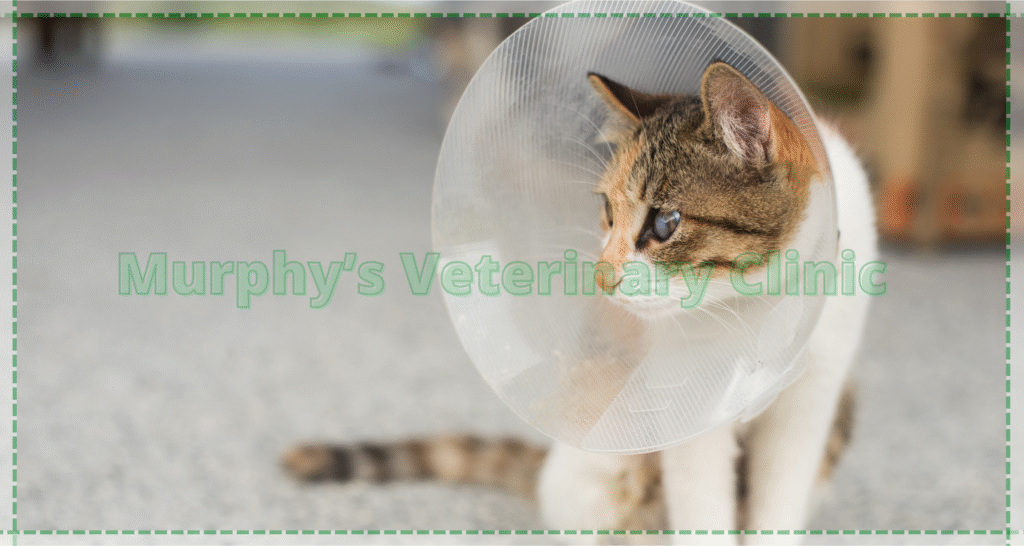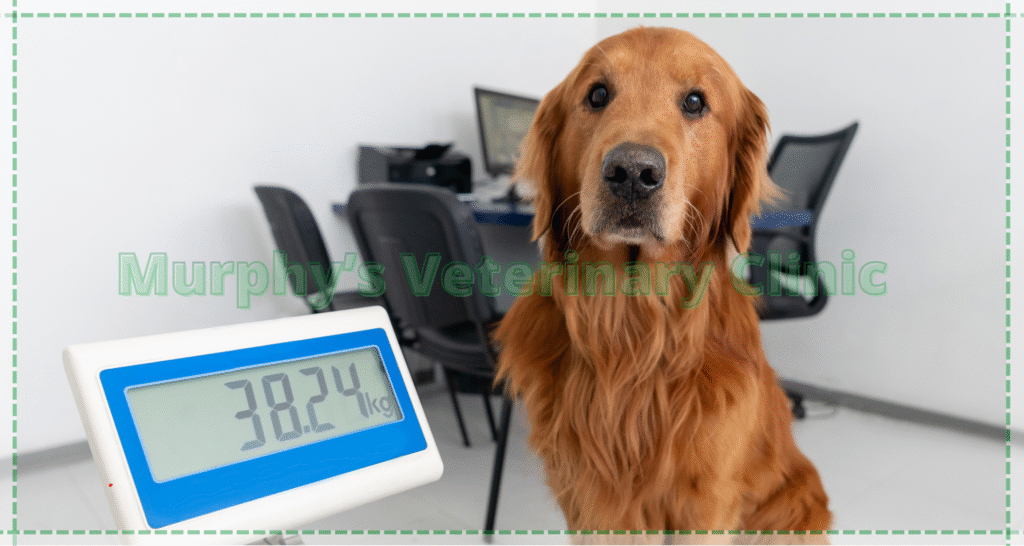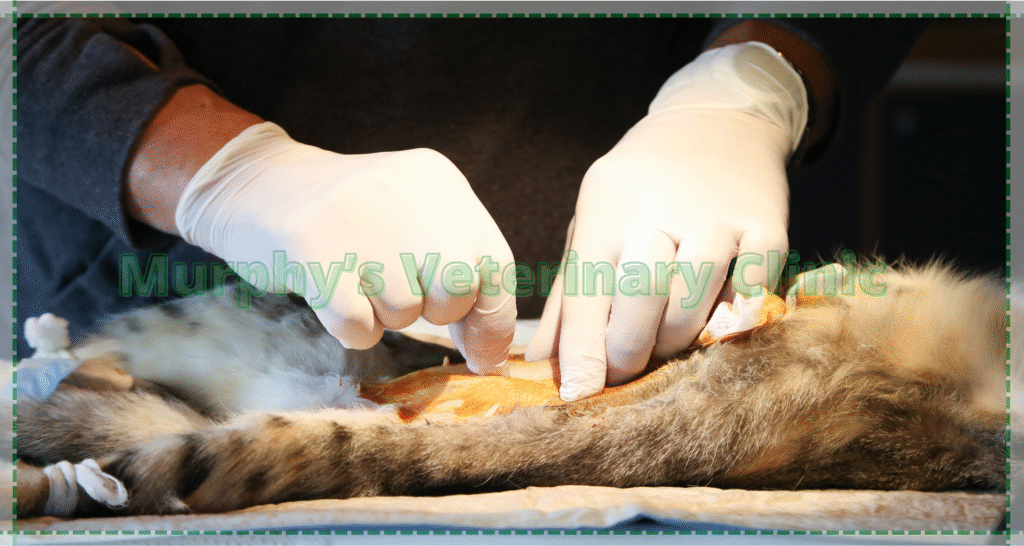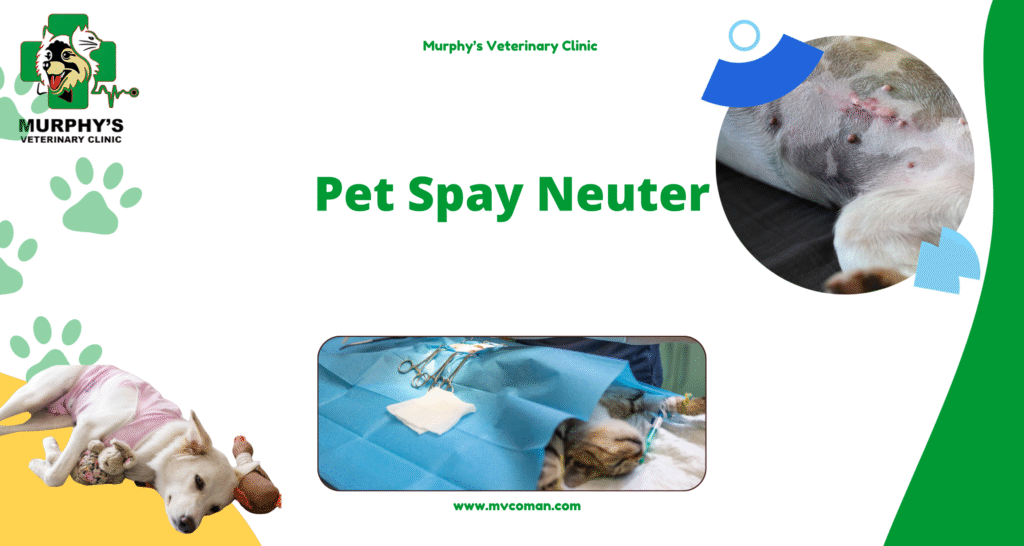Topics covered in this article:
- Why Pet Spay Could Save Lives
- Myths vs. Facts
- When Is the Right Time for Pet Spay ?
- A Step-by-Step Overview
- Medical Benefits and Considerations of Pet Spay
- Conclusion
Pet Spay Neuter is one of the most essential preventive measures in modern veterinary medicine, designed not only to improve the overall health of animals but also to reduce the growing population of stray pets. Pet Spay Neuter, performed as a safe surgical procedure, significantly lowers the risk of reproductive system diseases and hormone-related disorders, thereby enhancing quality of life. Veterinary specialists emphasize that Pet Spay Neuter can reduce the risk of mammary gland tumors in females and testicular cancer in males. It also minimizes conditions such as pyometra, ovarian cysts, prostatitis, and perianal tumors. Another benefit of Pet Spay Neuter is the decrease in aggressive or territorial behaviors, including roaming and fighting, which can expose pets to injuries or infectious diseases. This procedure also lessens the psychological and financial burden on pet owners by preventing unwanted litters. In many countries, Pet Spay Neuter has become the gold standard of pet care, supported by public health organizations and animal welfare groups. By raising awareness about Pet Spay Neuter, communities can ensure a healthier and more sustainable future for companion animals.

Why Pet Spay Could Save Lives
Pet Spay Neuter plays a critical role in controlling overpopulation and reducing the burden on animal shelters and rescue centers. This preventive surgical intervention not only addresses the ethical issue of abandoned animals but also improves individual pet health. Conditions such as pyometra (life-threatening uterine infection) and orchitis (inflammation of the testes) are drastically reduced through this procedure. Moreover, Pet Spay Neuter is strongly linked with a lower incidence of sexually transmitted infections in stray populations. Veterinary epidemiology confirms that sterilized animals live significantly longer due to the prevention of hormonally driven diseases. In addition, the procedure helps limit zoonotic disease transmission, reducing risks to both pets and humans. By supporting Pet Spay Neuter, owners contribute to saving countless lives, both directly and indirectly.
- Reducing the stray animal population
- Preventing reproductive system diseases
- Increasing pet life expectancy
- Decreasing long-term veterinary costs

Myths vs. Facts
Many misconceptions surround Pet Spay Neuter, leading some owners to avoid the surgery unnecessarily. One common myth is that sterilization causes obesity, while the truth is that weight gain results from overfeeding and lack of exercise, not the surgery itself. Another misconception is that Pet Spay alters a pet’s personality, yet scientific studies show that temperament remains stable, with the only change being a reduction in hormonally triggered stress behaviors. Veterinary behavioral science further supports that neutered pets often show decreased anxiety and aggression. Concerns about excessive pain are also unfounded, since advanced anesthesia protocols and multimodal analgesia make the procedure safe and comfortable. Importantly, Pet Spay does not shorten lifespan; in fact, it increases longevity by preventing systemic diseases. Dispelling these myths allows pet owners to make decisions based on evidence-based veterinary medicine rather than misinformation.
- Misbelief about excessive weight gain
- Myth of personality alteration
- Concern about surgical pain
- False belief about shortened lifespan

When Is the Right Time for Pet Spay ?
The ideal timing for Pet Spay Neuter depends on several factors including age, breed, weight, and overall health status. For most dogs and cats, veterinarians recommend performing the surgery before the first estrous cycle in females or before full sexual maturity in males. Early spaying significantly reduces the risk of mammary tumors, while early neutering prevents testicular and prostatic diseases. In small and medium breeds, Pet Spay is generally safe between six and nine months of age, whereas large or giant breeds may benefit from a slightly delayed schedule to allow proper musculoskeletal development. Veterinary endocrinology highlights that hormonal balance is preserved when timing is tailored to individual growth patterns. Consulting a veterinarian ensures that each pet receives an individualized plan based on current medical standards. By scheduling Pet Spay at the right time, owners maximize both preventive health benefits and long-term safety.
- Optimal timing for dogs
- Optimal timing for cats
- Differences between small and large breeds
- Importance of veterinary consultation

A Step-by-Step Overview
Pet Spay Neuter is considered a routine but delicate surgical procedure that must be performed under sterile conditions. The process involves pre-operative evaluation, anesthesia induction, surgical incision, removal of reproductive organs, and closure of the incision site. Pre-operative assessment includes hematology, biochemistry, and cardiopulmonary examination to minimize anesthesia risks. During surgery, vital parameters such as heart rate, blood pressure, and oxygen saturation are continuously monitored. Analgesia and aseptic techniques are employed to ensure patient safety and comfort. Post-operative care includes pain management, wound monitoring, and controlled physical activity. Recovery usually occurs within a week, though healing can vary by species and individual health. Pet Spay Neuter, when performed by skilled veterinary surgeons, carries minimal complication rates and offers long-term health benefits.
| Surgical Step | Description |
| Pre-operative preparation | Health evaluation and pre-anesthetic sedation |
| Anesthesia | Administration of general anesthesia |
| Surgical incision | Small incision in the reproductive area |
| Organ removal | Ovariohysterectomy, ovariectomy, or orchiectomy |
| Closure and bandaging | Suturing and infection prevention |

Medical Benefits and Considerations of Pet Spay
Pet Spay Neuter provides a wide spectrum of medical benefits while requiring careful pre- and post-operative considerations. Preventive oncology highlights that sterilization dramatically decreases the incidence of ovarian, uterine, mammary, and testicular cancers. Infectious disease control also improves as sexually transmitted infections and uterine infections are avoided. However, veterinarians must evaluate cardiovascular status, coagulation profiles, and potential anesthetic drug sensitivities before surgery. Comprehensive laboratory testing is strongly advised. Post-operative care is equally critical: wound management, analgesic therapy, and nutrition adjustments all play essential roles in recovery. From a public health perspective, Pet Spay Neuter also contributes to reducing stray-related injuries and disease transmission. With proper planning, this procedure ensures both individual health and community well-being.
| Benefits | Medical Considerations |
| Prevention of reproductive cancers | Cardiovascular screening prior to surgery |
| Reduction of aggressive behaviors | Hematology and biochemistry testing |
| Increased longevity | Post-operative infection control |
| Control of stray population | Pain management and proper nutrition |
Conclusion
Pet Spay Neuter is a cornerstone of preventive veterinary medicine, promoting both animal welfare and community health. By reducing reproductive cancers, preventing life-threatening infections, and controlling overpopulation, this procedure saves lives on multiple levels. Pet Spay Neuter also improves behavioral stability and reduces the risks of trauma and disease associated with roaming. Far from being a simple surgical option, it is a comprehensive health investment supported by evidence-based veterinary science. Pet owners who commit to Pet Spay Neuter provide their companions with a longer, healthier, and safer life. Careful planning, timely scheduling, and diligent post-operative care ensure the best outcomes. Raising awareness about the importance of Pet Spay Neuter strengthens the human-animal bond while addressing a major global animal welfare challenge.
Murphy’s Veterinary Clinic offers state-of-the-art Pet Spay Neuter services with advanced anesthesia, sterile surgical protocols, and highly trained veterinary surgeons. The clinic provides thorough pre-operative consultations, tailored anesthesia plans, and comprehensive post-operative monitoring to ensure the safety and comfort of every pet. In addition, Murphy’s Veterinary Clinic educates pet owners on aftercare, pain control, and long-term health benefits of the procedure. By combining medical expertise with compassionate care, Murphy’s Veterinary Clinic stands as a trusted partner in maintaining the health and well-being of your pets.


